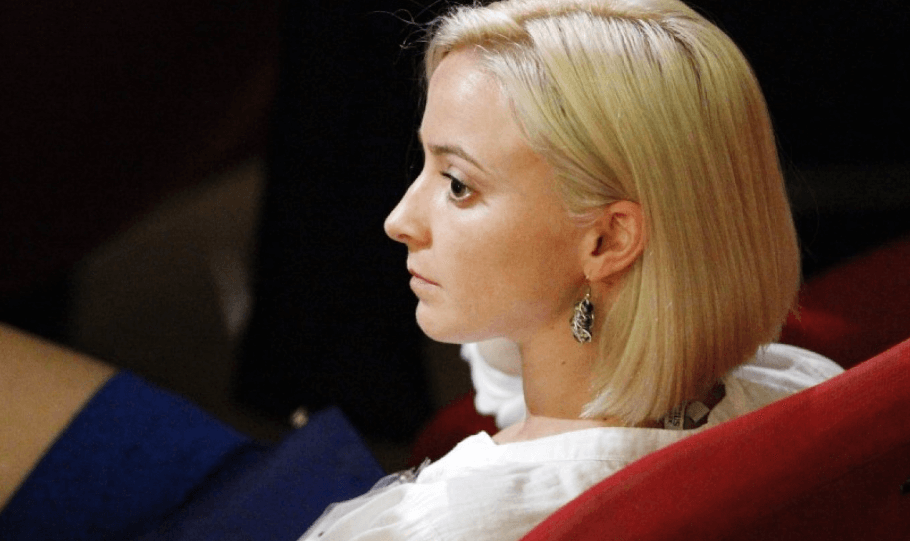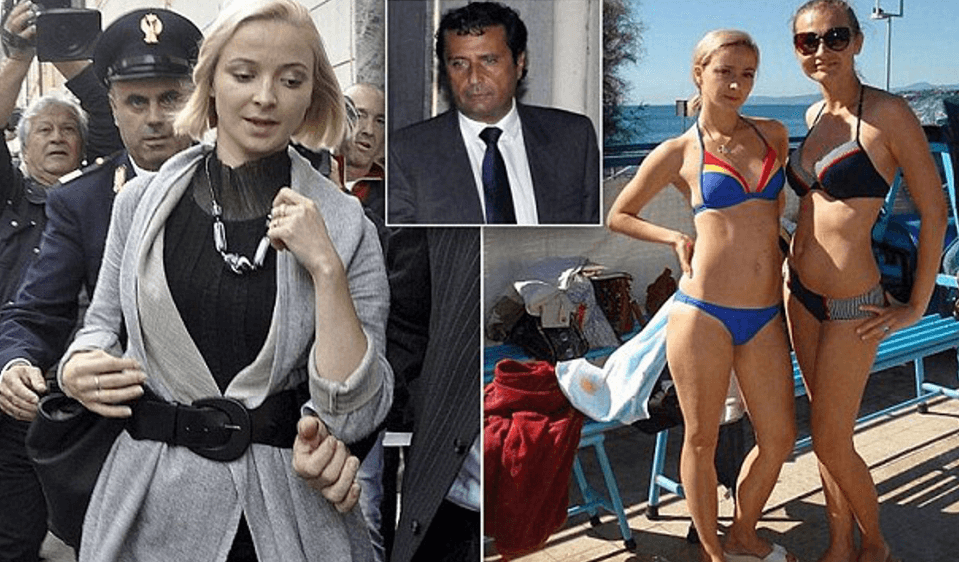📑Table of Contents:
Domnica Cemortan became widely known after the Costa Concordia disaster, a major maritime accident that captivated the world. As a Moldovan dancer and former employee on the ship, her close association with Captain Francesco Schettino placed her in the media spotlight. This blog post explores her background, presence during the disaster, and how her life unfolded afterward.

Who is Domnica Cemortan?
Domnica Cemortan was born in Moldova and later moved to Italy, where she pursued a career that would eventually place her aboard the Costa Concordia as a dancer and hostess. Her linguistic skills and hospitality training made her a valuable asset to the cruise line.
- Background: Fluent in several languages and trained in hospitality.
- Career: Worked on cruise ships, engaging with guests and performing.
On the night of January 13, 2012, as the Costa Concordia hit a reef and partially sank off the coast of Isola del Giglio, Cemortan was reportedly on the bridge. Her presence there, alongside Captain Schettino, sparked media interest and speculation about her role and relationship with him.
Early Life and Background
Birth and Upbringing in Moldova
Domnica Cemortan was born in Moldova, an Eastern European country known for its rich cultural heritage. Moldova borders Romania to the west and Ukraine to the north, east, and south. While specific details about Cemortan’s birthplace and exact date of birth may vary, it’s understood that she spent her formative years in this region.
Education, Interests, and Early Career Pursuits
Cemortan’s educational background and early interests are not extensively documented. However, she likely pursued a typical education in Moldova, where she may have developed a passion for the arts, particularly dance.
Her interest in dance eventually led her to pursue a career in this field. Dancing often requires dedication, discipline, and talent, suggesting that Cemortan possessed these qualities from a young age. Whether she received formal dance training or honed her skills through other means is unknown.
The Media Storm
Cemortan was at the center of a media storm following the Costa Concordia incident. She initially stood by Captain Schettino, praising his actions during the disaster, which she claimed helped save lives. Her involvement led to intense scrutiny:
Defending Schettino
Following the Costa Concordia incident, Domnica Cemortan found herself amid a media storm. One notable aspect was her initial defense of Captain Francesco Schettino. Despite the widespread condemnation of Schettino’s actions, Cemortan publicly praised him, asserting that his decisions during the disaster helped to prevent further loss of life.
Cemortan’s defense of Schettino was controversial, considering the severity of the incident and the subsequent legal proceedings against the captain. Her support added complexity to the public discourse surrounding the disaster, fueling debates about accountability, responsibility, and the actions of those involved.
Media Focus
Because of her connection to Captain Schettino and her presence on the Costa Concordia during the disaster, Domnica Cemortan became a subject of intense public and media scrutiny. News outlets and tabloids dissected her background, motives, and actions, seeking to unravel the mystery surrounding her involvement in the events leading up to the shipwreck.
Cemortan’s every move and statement were closely monitored and analyzed, with journalists and commentators speculating about her relationship with Schettino and her role on the night of the disaster. Her sudden emergence into the spotlight thrust her into a world of relentless scrutiny, where her actions and words were scrutinized by a global audience eager for answers and explanations.
The media’s relentless focus on Cemortan underscored the intense interest and curiosity surrounding the Costa Concordia disaster. However, it also highlighted the challenges and consequences of being thrust into the public eye under such circumstances as Cemortan navigated the complexities of fame, scrutiny, and public perception in the aftermath of the tragedy.
Life After Costa Concordia
Post-disaster, Cemortan’s life took turns that led her away from the public eye. She sought to reconstruct her professional life and personal identity amid ongoing public curiosity and legal scrutiny:
- Career Path: After the Costa Concordia disaster, Cemortan distanced herself from the cruise industry. She explored opportunities outside maritime-related fields, seeking a fresh start.
- Legal Challenges: After the disaster, Cemortan faced legal battles and relentless public judgment. Lawsuits and media scrutiny added to the complexities of her situation.
During the shift, she actively attempted to distance herself from the Costa Concordia narrative. She engaged in different professional ventures, seeking to redefine her public image. Legal repercussions related to her actions and testimony during the disaster added complexity. Her story illustrates how crises thrust individuals into unwanted fame and shape their responses.
The Role of Media in Shaping Public Perception

The media was crucial in shaping public perception of Domnica Cemortan following the Costa Concordia disaster. The coverage not only influenced how she was viewed but also how the incident itself was understood globally:
- Sensationalism and Speculation: Media outlets often sensationalized her relationship with Captain Schettino, focusing more on personal details than her professional role or the broader safety issues at stake.
- Impact on Public Opinion: This coverage led to varied public reactions, from empathy to outright hostility, affecting her personal life and career prospects.
The intensity and nature of media scrutiny serve as a case study of journalism’s responsibilities. Reporting high-profile incidents requires balancing public interest and respect for the individuals involved. This section discusses how the media can shape narratives and the ethical considerations it must navigate.
Legal and Ethical Implications
The legal and ethical implications surrounding Domnica Cemortan’s involvement in the Costa Concordia disaster are complex. Her presence on the bridge during the incident and her subsequent defense of the captain brought up several questions:
- Legal Responsibility: While not officially on duty, her actions and location during the disaster were closely examined in the court.
- Ethical Questions: Her relationship with Schettino and its possible impact on her statements during the trial were scrutinized, raising credibility and moral judgment issues.
This section explores the intersection of personal relationships and professional duties, particularly how they play out under legal scrutiny in high-pressure situations. It also considers the broader implications for safety and accountability in the maritime industry.
Moving Forward: Life After Public Controversy
Rebuilding life after being caught in a public controversy is an immense challenge. For Domnica Cemortan, moving forward meant dealing with the lingering effects of her unintended fame:
Personal Growth: Overcoming the Stigma
Navigating the incident’s aftermath, Cemortan embarked on a journey of personal growth. She confronted the stigma associated with the Costa Concordia disaster, striving to overcome it. Through introspection and resilience, she worked towards reclaiming her identity and narrative.
Professional Reinvention: Seeking New Opportunities
Seeking to rebuild her professional life, Cemortan pursued opportunities beyond the cruise industry. She aimed to carve out a new path where she could thrive without the weight of past events. Exploring diverse career avenues, she sought to redefine herself on her terms.

Conclusion
Domnica Cemortan’s story is intertwined with the Costa Concordia disaster, highlighting themes of crisis, resilience, and the human aspect behind sensational news stories. Her journey from a ship employee to a central figure in a maritime tragedy underscores the profound impact such events can have on individual lives.
As she continues to rebuild, her narrative offers insights into the personal costs of public crises and the challenges of reclaiming one’s life in its aftermath.





